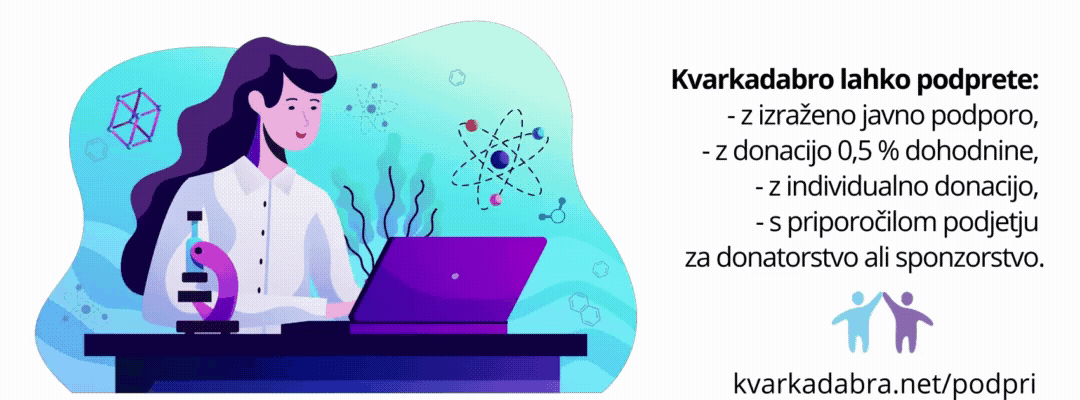Scientists have known for a long time that an atom or molecule can also be in two different states at once. Now researchers at the Stanford PULSE Institute and the Department of Energy’s SLAC National Accelerator Laboratory have exploited this Schroedinger’s Cat behavior to create X-ray movies of atomic motion with much more detail than ever before.
The first test of this idea, at SLAC’s Linac Coherent Light Source (LCLS) X-ray laser, created the world’s most detailed X-ray movie of the inner machinery of a molecule — in this case, a two-atom molecule of iodine. The results, based on an experiment led by SLAC staff scientist Mike Glownia, were reported in a paper that’s been posted on the arXiv online repository and accepted for publication in Physical Review Letters. …
“Our movie, which is based on images from billions of iodine gas molecules, shows all the possible ways the iodine molecule behaves when it’s excited with this amount of energy,” Bucksbaum says.
“We see it start to vibrate, with the two atoms veering toward and away from each other like they were joined by a spring. At the same time, we see the bond between the atoms break, and the atoms fly off into the void. Simultaneously we see them still connected, but hanging out for a while at some distance from each other before moving back in. As time goes on, we see the vibrations die down until the molecule is at rest again. All these possible outcomes happen within a few trillionths of a second.”
Although the initial laser pulse hits only 4 or 5 percent of the molecules in the iodine gas cloud, it would be incorrect to say that only this small fraction was excited and the rest were not, Bucksbaum adds. In quantum mechanical terms, every single molecule was excited a little bit, like a Schroedinger’s Cat that’s both dead and alive.
Posnetek molekul v stanju “Schrodingerjeve mačke”
Naroči se
0 - št. komentarjev
z največ glasovi
















